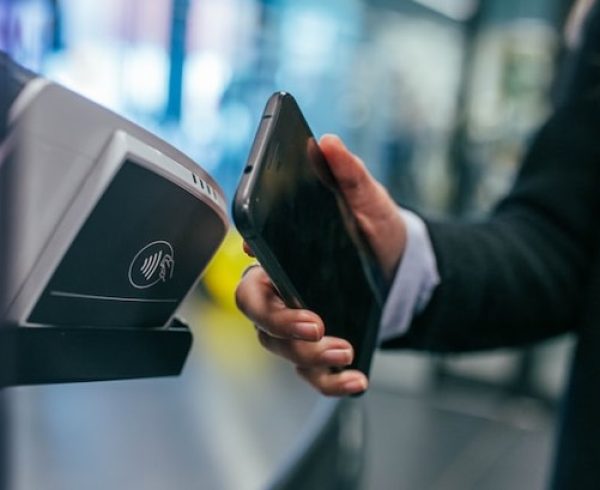The COVID-19 pandemic has forced every single industry to make fast changes to their businesses. Dine-in restaurants are offering take-out services, retailers have upped the game on curbside pick-up, and fitness clubs are providing virtual trainers and outdoor classes. Beyond delivery and operational changes, businesses should be taking the longer view, using this time to make systemic changes to their architecture, business models, and approaches. The banking industry should follow suit if they’re to survive the onslaught of competition and economic challenges.
Leaders need to look beyond the pandemic, think about the type of bank they want to be in the future, and take action now to set them up for future success. At a minimum, they should consider:
- Becoming Data And Analytics-Driven
This is a pivotal moment for banks to build a digital-driven business model, not merely offer a mobile banking solution built on an old system. Instead, banks should ensure the core of their business is technology-driven, eliminating friction points for customers, and using data and analytics to meet the goals of the business and needs of the customer. - Revisiting The Talent Landscape
As services, offerings, and customers’ needs change, banking leaders will need to evaluate the talent landscape, understand the skills required for the next normal, and be transparent in addressing any workforce reduction. New business models will require a different mix of skill sets and this gives banks an opportunity to retrain and equip their staff with new tools. - Re-evaluating The Existing Portfolio
Banks need to manage and mitigate investment losses, especially as their customers’ circumstances are changing daily. That could mean providing temporary relief that may be different or more flexible than offerings in the past. It is also an ideal time to grow or fill product gaps by developing services – and even education programs – that are more in line with customers’ situations as they deal with the fallout of the pandemic. - Reducing The Retail Footprint
The pandemic is causing consumer behavior to change, and perhaps the changes are here to stay. According to a survey by Lightico earlier this year, 82% of customers were concerned about visiting their branch in person. Financial institutions will have to diligently analyze which branches to preserve based on demographics, customer demand, and the bank’s need to maintain a positive presence in the community. This is not just a financial decision! Jeopardizing long-term relationships with customers can have devastating effects on the bank’s reputation in the local community. - Creating A Plan For Remote Work
Create a plan for transitioning to remote work as it becomes more permanent. Offer staff more flexibility and work with the leadership team to transition and re-skill talent as customer demands change. With fewer customers banking in-person, plan for a reallocation of resources to areas that will suddenly demand more. Remember, people are assets, not costs, and they represent the brand value. Refine the culture to become more inclusive and encourage diversity. - Paying Attention To Security And Fraud
With a significant rise in online banking and shopping, so is the threat of frauds and scams. Not only should consumers be more aware of the increase in online scams, but banks should update security measures to proactively thwart any attacks. - Adopting Artificial Intelligence (AI)
New technologies like AI will be a major driver of global banking in the next five years. Huge opportunities exist for banks to employ AI as part of their digital transformation journey, moving beyond simple chatbots to machine learning, natural language processing, and daily decision making. Already, some banks are using AI to strengthen their portfolio management while others are deploying AI to help combat fraud. Of all the technologies, banking leaders in the EIU/Temenos study strongly believe (77%) that AI will be the most game-changing.
We are witnessing massive changes across the banking industry with the fallout of the COVID-19 pandemic accelerating the need to make fundamental shifts in the way they do business. Now is the perfect time for banks to pragmatically assess their operations so they can be ready for a digitally-driven, customer-centric world.
Mythos Group’s presentation, “Post COVID-19: Re-imagining Banking”, contains more detail on this and other recommendations, and is available to download for free from https://bit.ly/MG-White Papers.






